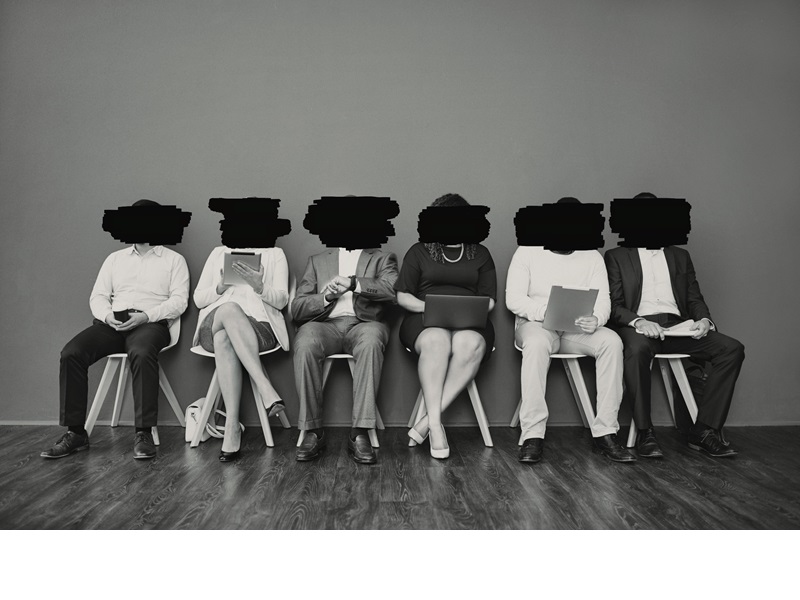Photo Credit: Amy Swan, Washington Monthly
The idea of a colorblind society, where race no longer plays a role in determining individuals’ opportunities or treatment, has long been an aspiration in the quest for racial equality. As we approach 2024, it is pertinent to evaluate the possibility of realizing this vision within the context of contemporary social, political, and cultural dynamics. This article examines the prospects of achieving a colorblind society in 2024, considering the progress made, persistent challenges, and ongoing efforts towards racial justice.
Progress Towards Racial Equality:
Significant strides have been made towards racial equality since the Civil Rights Movement of the 1960s. Legal victories, such as the Civil Rights Act of 1964 and the Voting Rights Act of 1965, dismantled overtly discriminatory laws and practices, paving the way for greater inclusion and representation for people of color. Additionally, affirmative action policies and diversity initiatives have aimed to address historical inequalities in education, employment, and other sectors.
According to research by economists Claudia Goldin and Lawrence Katz, affirmative action programs have contributed to narrowing the racial wage gap and increasing representation of minorities in higher education and professional fields. These efforts reflect a commitment to promoting diversity and inclusivity in society.
Persistent Challenges:
Despite progress, significant challenges persist on the path towards a colorblind society. Structural inequalities rooted in historical and systemic racism continue to shape individuals’ opportunities and outcomes. Racial disparities persist in areas such as wealth, education, healthcare, and criminal justice, perpetuating cycles of disadvantage and marginalization for communities of color.
Studies by sociologists such as Devah Pager and Michelle Alexander highlight the enduring effects of racial discrimination in employment and criminal justice. Research shows that job applicants with stereotypically Black names are less likely to receive callbacks for interviews, while people of color are disproportionately targeted by law enforcement and subjected to harsher sentencing practices.
The Role of Intersectionality:
The concept of intersectionality, introduced by legal scholar Kimberlé Crenshaw, emphasizes the interconnectedness of various forms of oppression, including race, gender, sexuality, and class. Intersectionality underscores the importance of addressing the intersecting axes of privilege and marginalization that shape individuals’ experiences within society.
Scholars such as Patricia Hill Collins and bell hooks have highlighted the importance of recognizing the unique experiences of marginalized groups within the broader framework of social justice. By understanding how race intersects with other identities, such as gender and socioeconomic status, policymakers and advocates can develop more nuanced approaches to addressing systemic inequalities.
Ongoing Efforts Towards Racial Justice:
Despite the challenges, there are ongoing efforts towards achieving racial justice and promoting inclusivity in society. Grassroots movements such as Black Lives Matter have mobilized millions of people to demand an end to police brutality and systemic racism. These movements have sparked important conversations about race and inequality, prompting policymakers to consider reforms in areas such as policing, criminal justice, and housing.
In addition, initiatives aimed at promoting diversity and inclusion in institutions, such as corporations, schools, and government agencies, have gained momentum in recent years. Diversity training programs, recruitment efforts targeting underrepresented groups, and the implementation of inclusive policies have become increasingly common strategies for addressing systemic barriers to equity.
As we reflect on the possibility of a colorblind society in 2024, it is clear that while progress has been made, there is still much work to be done. Achieving racial equality requires confronting systemic racism, dismantling barriers to opportunity, and fostering genuine dialogue and understanding across racial lines. By acknowledging the intersectional nature of oppression and supporting grassroots movements for change, we can move closer to realizing the vision of a society where individuals are truly judged by the content of their character rather than the color of their skin.








